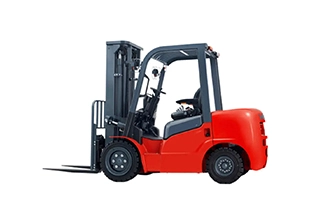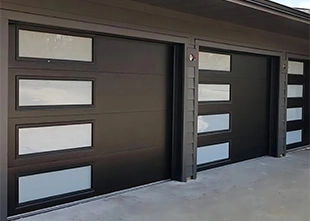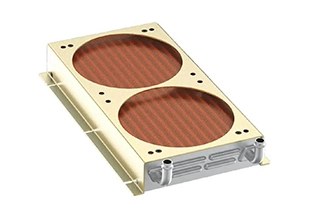
With the widespread application of metallic coatings and functional powders, aluminum powder and aluminium powder paste, as core raw materials, play an increasingly important role in various industrial coating, automotive, construction, and electronic fields. However, the production and use of aluminum powder involves certain safety risks. Therefore, understanding its production processes and precautions is of great significance for ensuring operational safety and enhancing product performance.
The manufacturing methods of aluminium metal paste can be roughly divided into three types: melt extrusion, dry mixing, and bonding fixation. Each method has different applicable ranges and technical characteristics.
The melt extrusion method involves adding resin, additives, and aluminium metal paste into an extrusion device for heating and processing. This method is suitable for coatings with special effects like hammer effect powder. Although the mixing is uniform, it can cause the flake aluminum powder to be damaged during extrusion and crushing, reducing its metallic gloss. Therefore, the aluminum effect is grayish and not suitable for high-gloss products.
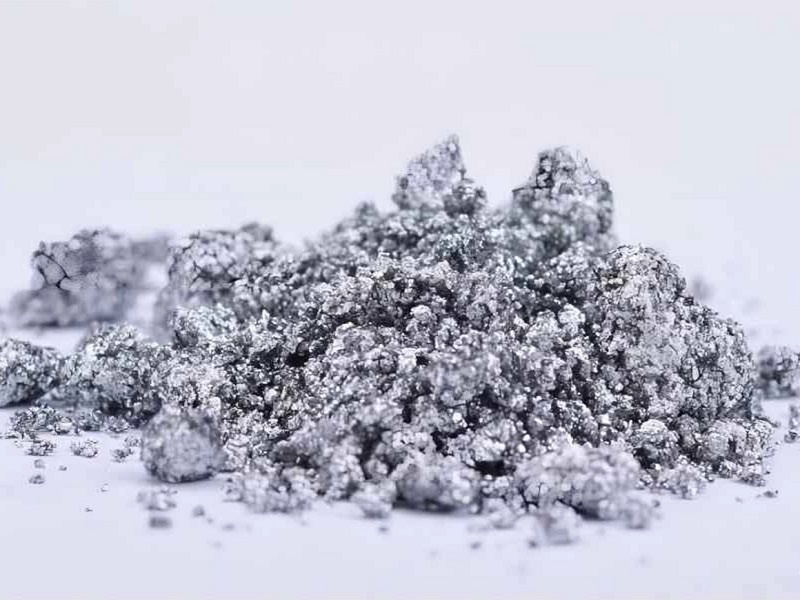
The dry mixing method involves mixing aluminium powder paste or dry aluminium metal paste with pre-crushed resin powder in a low-shear mixer. Since the mixing process is mild, it helps to protect the flake structure of the aluminum powder, enhancing the metallic gloss effect. This method is suitable for products with high decorative requirements, but its drawback is that the density and charge differences between the metallic powder and powder particles are large, making it easy for separation to occur after spraying, affecting the uniformity of the coating.
The bonding method involves heating the dry mix to the resin softening point to fix the aluminium powder paste on the powder surface. This ensures that the aluminium metal paste does not separate, even during automatic spraying or recycling. This method can balance the metallic gloss effect and construction stability and has become a widely adopted process route.
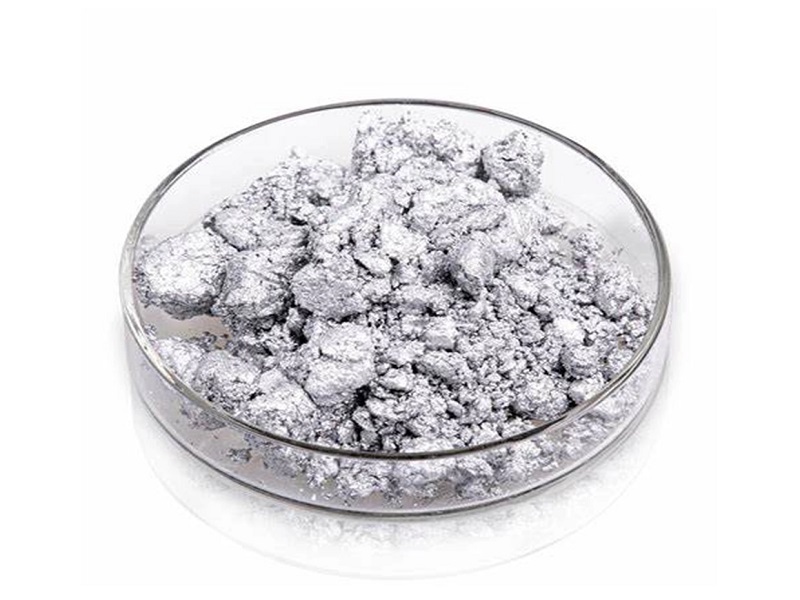
Although aluminium powder paste and aluminium metal paste have high safety when used in coatings, they are still potential combustible dust substances and must be strictly operated according to regulations:
Control Dust Concentration: To avoid forming explosive dust/air mixtures, the aluminum powder concentration in the operation area should be controlled below 10g/m³.
Anti-Static Grounding: All equipment and personnel must be well grounded to prevent sparks caused by static electricity accumulation.
Ventilation and Exhaust System: The spraying workshop must have a forced ventilation and dust recovery system to reduce the risk of aluminum powder accumulation.
Fire Source Control: Open flames, sparks, hot surfaces, and other high-temperature sources are strictly prohibited from entering the aluminum powder operation area to prevent explosions.
Choose Coated Products: In occasions with high safety requirements, it is recommended to use aluminium powder paste products that have been coated, as they have higher minimum ignition energy and are safer and more reliable.
Additionally, powder coatings with aluminum content exceeding 25% will approach the explosive characteristics of pure metallic powder, and special attention should be paid to explosion-proof design and operating standards of the equipment. High-quality aluminium powder paste not only has excellent reflectivity and visual decoration effects but also possesses excellent anti-corrosion performance. CI Industry, as a professional aluminium powder paste manufacturer, uses advanced processes to produce products that can be widely used in coatings on substrates such as plastic, metal, and glass. Their products feature easy construction, strong adhesion, and quick drying, making them important raw materials for coatings, inks, and conductive materials.
The production and use processes of aluminium metal paste each have their own characteristics. The appropriate method should be chosen based on the actual application scenario. Meanwhile, to ensure operational safety, it is essential to comply with relevant safety standards. High-quality aluminium powder paste products not only meet decorative performance requirements but also reduce risks and improve production efficiency, making them an important component of modern functional coatings.
This is the last one.

